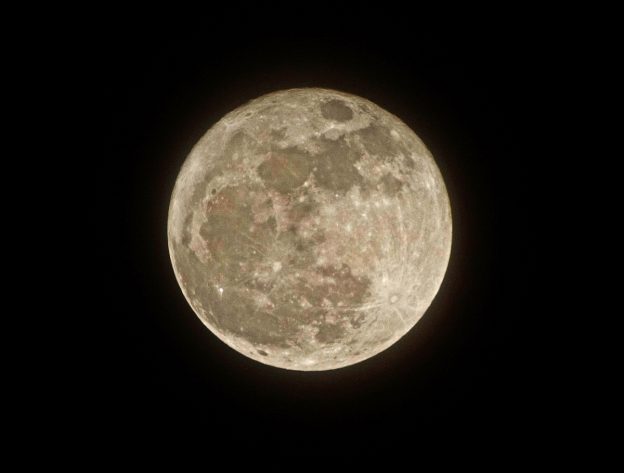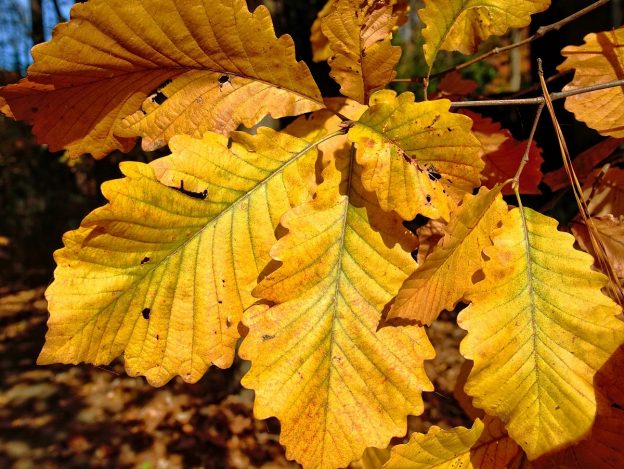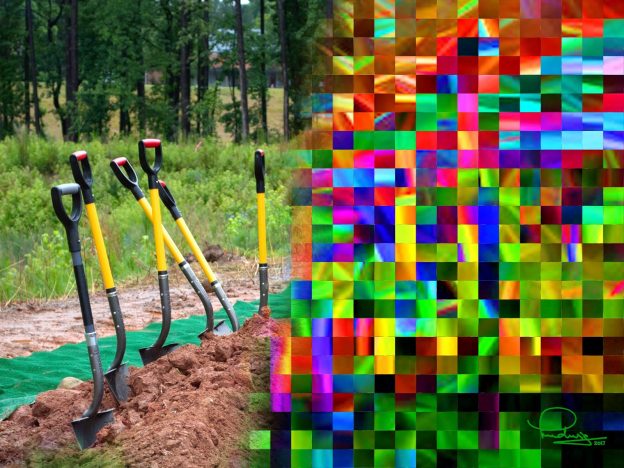The Super Moon Spectacle “Supermoon wows sky-gazers for only time this year” – Fox News. “Stunning pictures show the spectacular phenomenon, which has only occurred once this year, rising across the world’s skies.” so reported NBC-NEWS. The super moon mania is a rather new phenomenon. Only in recent years has there been this craze about… Continue reading Super Moon Fake
Tag: Photography
Internet Down
Internet Down Outside the wind is driving the torrential rain sideways. The howling is frightening. Lights flicker a few times then go dark. My laptop is the only source of light in the room. No point going on typing, the indicators on the router also went out, the internet connection is down. It lasted just… Continue reading Internet Down
Black and White Photo
A Black and White Photograph Everybody knows what a black and white photo is. It is an image devoid of color, just grays in shades from black to white. So why isn’t it called a gray-scale photo? Well, it is. It is also called a monochrome. But somehow the term black-and-white has caught on. If… Continue reading Black and White Photo
When is a Photograph Not a Photograph
When is a Photograph Not a Photograph? Our illustration here shows an image of a worksite with some shovels stuck in dirt on the left. Clearly that is a photograph. Then it blends into some colorful “satin tiles”, digital art, on the right. It is even signed. Clearly not a photograph. Yet the right part… Continue reading When is a Photograph Not a Photograph
News for August 2014
Photo Exhibit “Images of Nature” August 15, 2014 to September 8, 2014 The City of Norcross Cultural Arts and the Northeast Atlanta Chapter of the Georgia Nature Photographers Association will present an exhibit of nature photographs at the Rectory in Norcross, Georgia Images of Nature Please see the GNPA Announcement. You are most cordially invited… Continue reading News for August 2014





You must be logged in to post a comment.